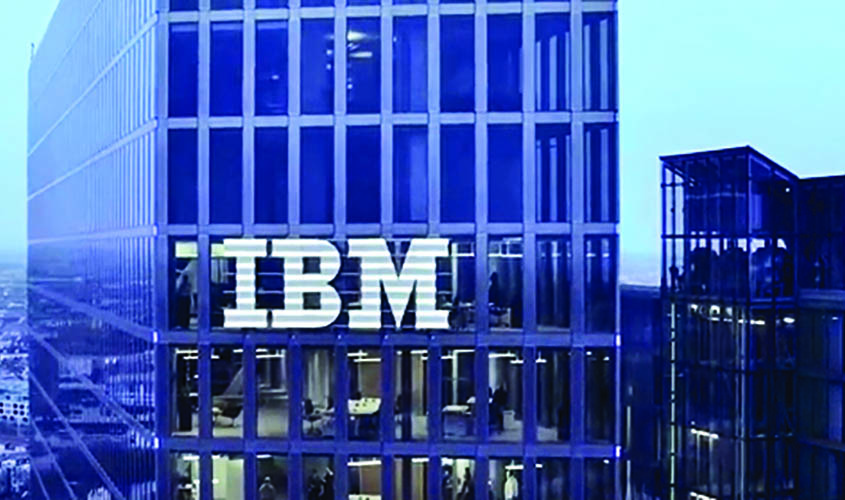IBM has tried multiple ways to stay relevant in the technology world. But it has often been outgunned by rivals like Amazon and Microsoft.
On Tuesday, IBM outlined its latest strategy: using its $34 billion purchase of Red Hat, the largest ever acquisition of a business software company, to get a big piece of the lucrative cloud computing market.
The deal is a high-stakes bet for IBM and its leader, Ginni Rometty. Amazon and Microsoft dominate the cloud computing industry, with Google a distant third. (In China, Alibaba is the clear leader.) They have the internet skills and the deep pockets to spend many billions a year building the vast data centers that power the cloud, helping to protect their lead. But their grasp has raised concerns from customers about being dependent on a single provider.
IBM arrived late to the business. It has money and data centers, but the company cannot go head-to-head with the cloud giants.
So with the Red Hat deal, which closed on Tuesday, Rometty took IBM on a different path. It is presenting itself as an open, impartial player in the cloud — the Switzerland in the faceoff between the leading players.
In Red Hat, IBM is getting a leading provider of software tools that are widely used to write cloud computing applications. Red Hat specializes in open-source software, which means the basic code is free. It has partnerships with the major cloud services including Amazon, Microsoft, Google and Alibaba. Under IBM, Red Hat will maintain and, it insists, expand those alliances. The IBM-Red Hat proposition is that it will offer a layer of software that sits atop the big clouds, and works with them all.
“Write once, run anywhere,” James Whitehurst, Red Hat’s chief executive, explained in an interview on Tuesday.
His phrasing is telling. It is exactly the same pitch made in the 1990s for the Java programming language and platform, developed by Sun Microsystems. Then, the fear was being locked in to the technology of Microsoft, the overbearing giant of the personal computer era.
Today, the fear in business circles is being tied to a powerful cloud provider. And Whitehurst invoked the lock-in concerns, describing the IBM-Red Hat combination as an alternative to “three incompatible walled gardens.”
That is a real issue. Most large corporations now want to, and increasingly do, use more than one cloud supplier. They are also adopting cloud technology inside their own data centers, for its flexibility and cost savings.
“Hybrid multi-cloud” is the industry term for this a la carte adoption of cloud computing — some computing purchased from the big cloud suppliers and some cloud done in-house, and buying from more than one of the cloud giants.
The hybrid market is where IBM sees its future. In an interview, Rometty, the company’s chief executive, said helping IBM’s corporate customers move to the cloud was a huge opportunity. She calls this “Chapter 2” of the cloud, as companies increasingly shift mainstream computer chores to the cloud. About 80% of the corporate cloud transition remains, Rometty said, and she compared it to “renovating a house.” You build on what you have rather than ripping and replacing everything.
IBM and Red Hat do seem to offer complementary strengths. Red Hat brings open-source skills and credibility with software developers, while IBM contributes industry expertise and marketing muscle.
The plan is plausible, but its success depends on execution. IBM has pledged to keep Whitehurst and his management team, and retain Red Hat’s headquarters in Raleigh, North Carolina, its brands and its business practices. Whitehurst said revenue had accelerated since the deal was announced last fall.
In the open-source world, where most software is free, Red Hat makes money — $3.4 billion in revenue last year, growing 15% — by providing technical support, services and add-on programs.
But big tech acquisitions are treacherous, inviting a clash of corporate cultures and egos. The hoped-for payoff often proves elusive.
Red Hat will give IBM a welcome near-term lift in revenue. The lack of top-line growth has been a lingering concern for investors since Rometty became chief executive in 2012. Since then, she has been leading IBM through a difficult digital transition of its own, magnified by the cloud challenge.
The outcome remains unclear, but one thing is certain: Her legacy as IBM’s chief will depend on making it work.
© 2019 The New York Times

